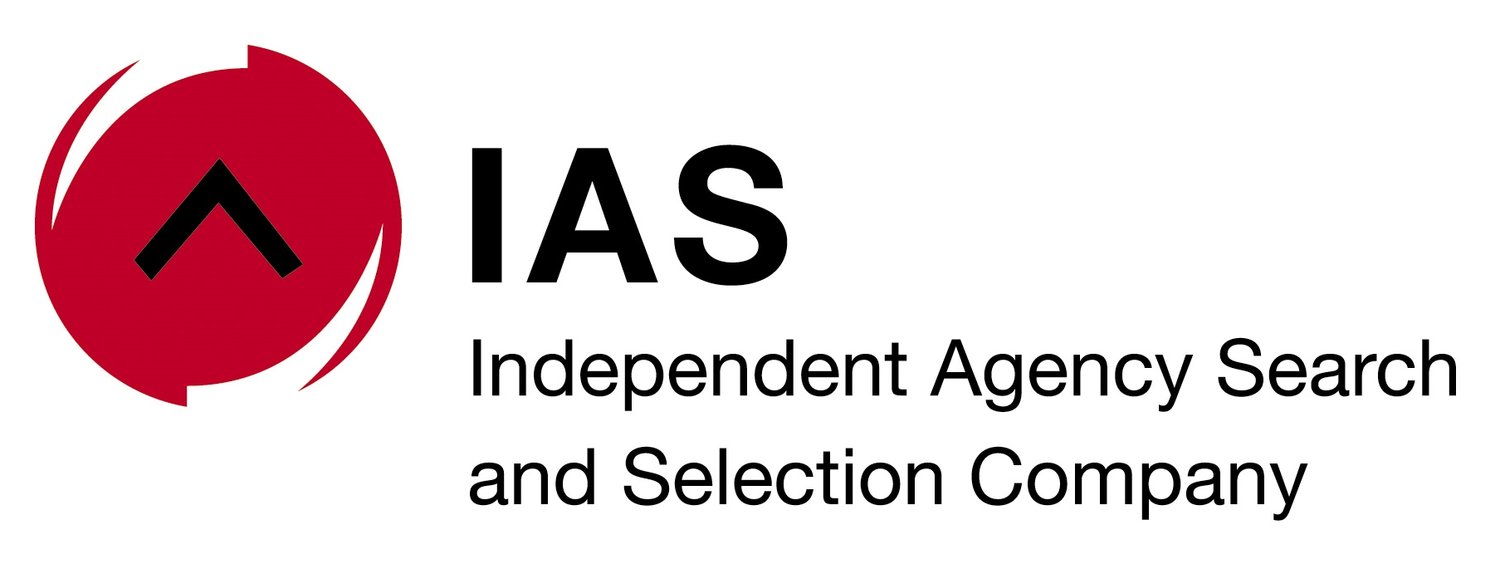Benchmarking to determine the performance of a company’s key business metrics and processes against those of another in the same industry is not a new concept. What is new is the formula that sets the framework for the most comprehensive evaluation and action that is required.
The outcome of a benchmarking exercise for marketers should be a definitive guide to determining whether their respective agencies’ offerings stack up in value and an actively search for opportunities to be more competitive.
An agency benchmark audit should ideally comprise three aspects that together provide evidence-based insights that will direct the marketer’s business decisions to ensure they’re able to provide a more competitive offering by ensuring the strength of current agency relationships.
The combination of the three aspects is vital to improving the working relationship between client and agency by addressing efficiency and cost competitiveness using the three Ps: people, production and performance.
People
To benchmark people, we have to move beyond the company rate card and get an in-depth view of team experience as well as agency hiring practices. The full picture must include hourly rates analysis of key personnel on a marketer’s account in comparison to the market, an analysis of the number of years of collective experience of key personnel on a client’s account in relationship to the market, BB-BEE comparisons within the five pillars – namely ownership (direct empowerment) management control (indirect empowerment), skills development, enterprise development and socio-economic development – and an overview of the agency’s hiring practice.
This analysis shows the unique flavour a team will bring to the relationship and ensure the creativity, productivity and longevity of the association.
Production
Assessing the overall cost efficiency of an agency must include benchmarking its production across third-party suppliers against an industry-acknowledged best-practice framework and standard data.
This part of the three-tier study must include external costs management, incorporating TV, print and radio costs and mark ups; digital development; and media planning and buying.
In comparing all of these to current accepted market averages, the results will obviously not be identical but must fall into an acceptable ballpark range.
Performance
The performance benchmark audit weighs up the extent to which you and your agency are working efficiently enough to deliver the key performance indicators that are vital to being market-competitive.
In combination, the precise responses to these three Ps result in a roadmap to taking better advantage of new opportunities, while creating a platform for maximum effectiveness in communications.
Close relationships between marketers and their agencies have always been heavily reliant on good communication, and often resulted in formidable partnerships that get the work done to the client brief and ultimate satisfaction.
By three-tier auditing to a specific, tested formula, marketers can be sure that their post-pandemic team is one that is able to meet the challenges that are likely to crop up with the uncertainties that we must factor into business in the short to medium term.
This comprehensive method may even be preferable to running an agency review and pitch process, as reviewing the strength of an existing client-agency relationship could produce results that offer better solutions than bringing in new agency talent.
With so much uncertainty in other areas right now, a robust audit platform can guide marketers and agencies to deal with all eventualities, from the rapidly changing digital sector to the importance of bang-for-your-buck campaigns.
Click here to read the article online.

